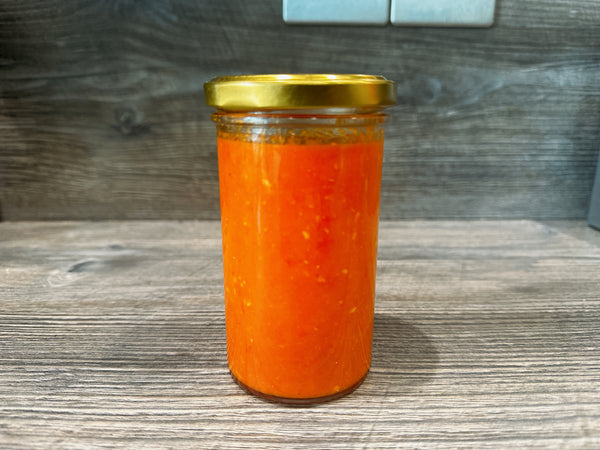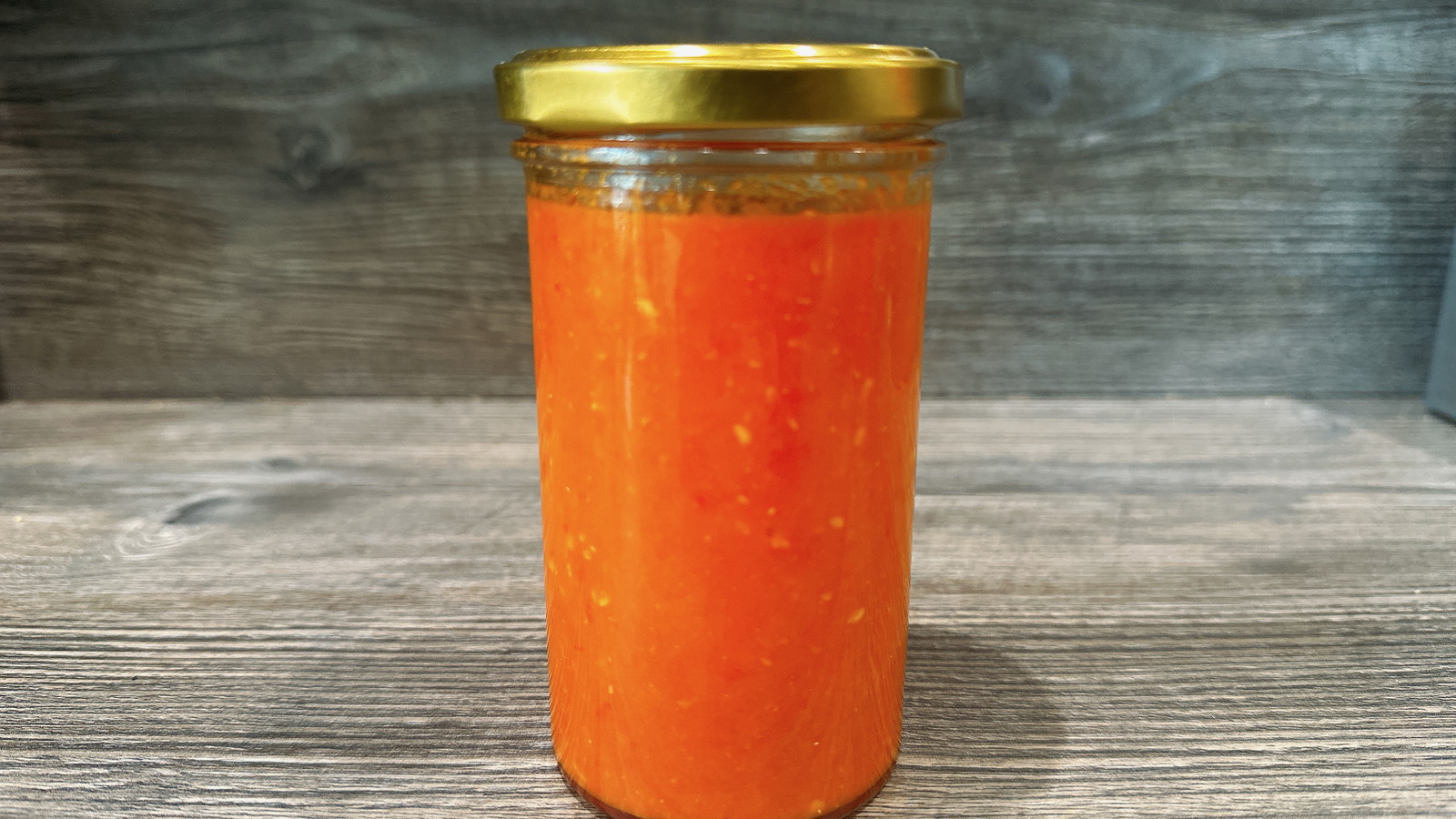Step into the vibrant world of Indonesian cuisine with our "Indonesian Flavour Bomb: How to Make Authentic Sambal Oelek at Home." This recipe is a gateway to exploring the rich, spicy flavours that are a cornerstone of Indonesian cooking. Perfect for heat lovers and culinary adventurers!
Recipe Journey: Follow our straightforward guide to create your own Sambal Oelek. This recipe uses fresh red chillies and a handful of simple ingredients, transforming them into a fiery, flavourful paste that's quintessentially Indonesian.
Why Make Sambal Oelek at Home?
- Authentic Taste: Capture the true essence of Indonesian flavours.
- Spice Control: Adjust the heat to suit your palate.
- Versatility: A perfect accompaniment to a variety of dishes, from noodles to grilled meats.
- Health Benefits: Made with natural, fresh ingredients, free from preservatives.
Customisation Tips: Learn how to tweak the recipe to create different variations of Sambal Oelek, catering to all taste preferences and spice levels.
Serving Ideas: Discover creative ways to incorporate Sambal Oelek into your daily meals, enhancing their flavour profile exponentially.
Storage Advice: Effective methods to store your homemade Sambal Oelek, ensuring its longevity and freshness.
Our "Indonesian Flavour Bomb: How to Make Authentic Sambal Oelek at Home" is more than just a recipe; it's a journey into the heart of Indonesian cuisine. Embrace the heat and add an authentic touch to your meals with this simple yet impactful condiment.
Ready to spice up your cooking? Try making this Sambal Oelek and share your experience with us. Let the flavours of Indonesia elevate your culinary adventures!




